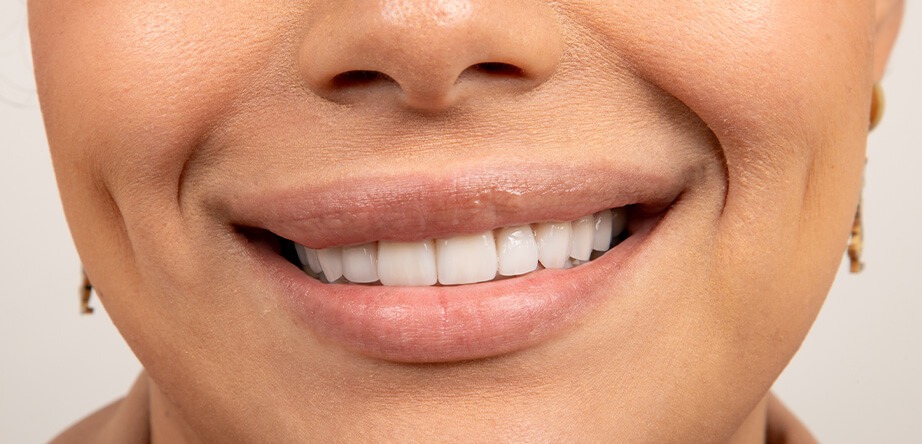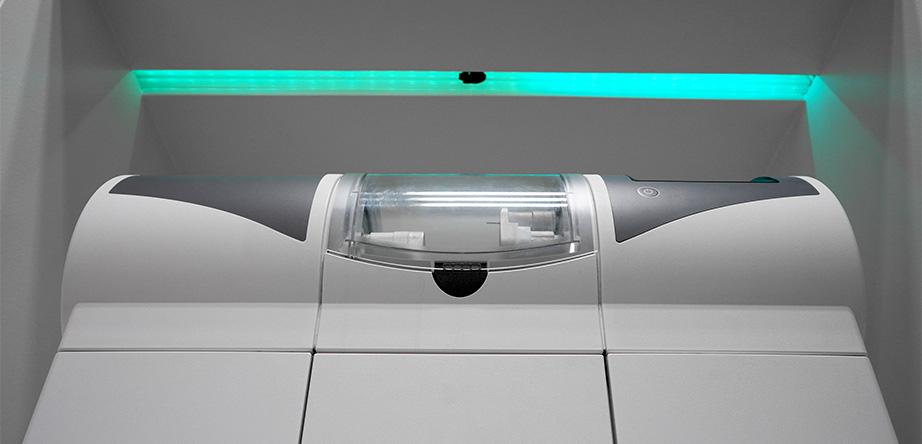
What happens in the brain when habits form?

There are a million things that we do every day without thinking. Brushing our teeth, drying our hair after a shower, and unlocking our phone screen so we can check our messages are all part of our routine. But what takes place in the brain as we learn a new habit?
Habits drive our lives — so much so that sometimes we might want to break the habit, as the saying goes, and experience something new. But habits are a useful tool; when we do something enough times, we become effortlessly good at it, which is perhaps why Aristotle reportedly believed that “excellence […] is not an act but a habit.” So, what does habit formation look like in the brain? How do our neural networks behave as we learn something and consolidate it into an effortless behavior through repetition? These are the questions that Ann Graybiel and her colleagues — from the Massachusetts Institute of Technology in Chestnut Hill — set out to answer in a recent study, the findings of which are published in the journal Current Biology.
Although a habitual action seems so simple and effortless, it actually typically involves a string of small necessary movements — such as unlocking the car, getting into it, adjusting the mirrors, securing the seatbelt, and so on. This complex set of movements that amount to one routine action that we perform unconsciously is called “chunking,” and although we know that it exists, exactly how “chunks” form and stabilize has remained mysterious so far. The new study now suggests that some brain cells are tasked with “bookending” the chunks that correspond to habitual actions.
To ensure that there would be no doubt regarding the solidity of the experiment’s results — and that they would be able to identify brain activity patterns related to habit formation rather than anything else — the scientists taught the rats different sequences.




